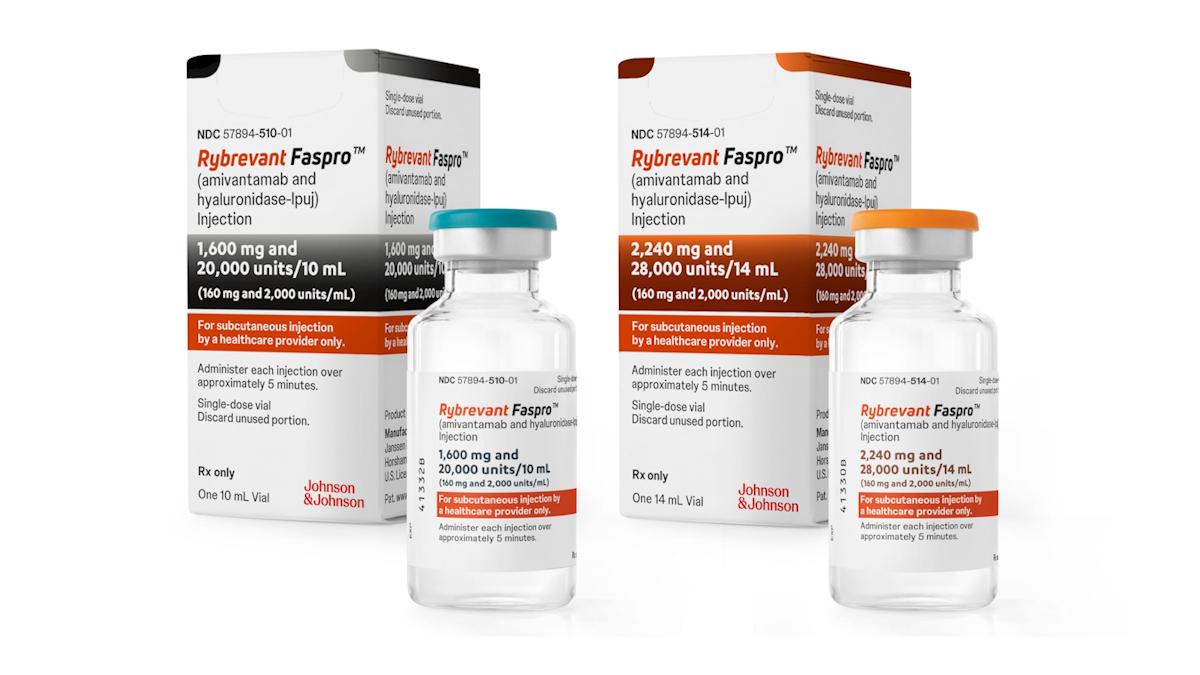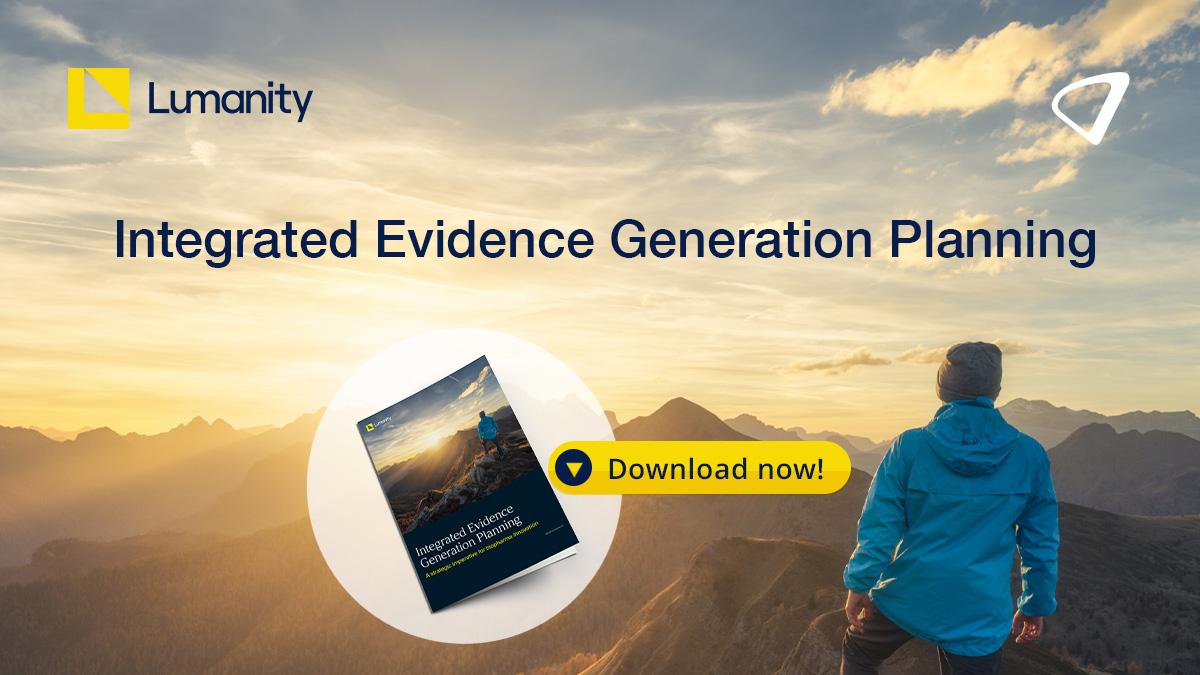J&J throws the gauntlet down to AZ with new survival data

Johnson & Johnson has been saying for some time that it thinks its combination of Rybrevant and Lazcluze is the best option for patients with EGFR-mutated non-small cell lung cancer (NSCLC) – and now it has even stronger survival data to back up its claim.
At the European Lung Cancer Congress (ELCC), J&J reported new findings from the head-to-head MARIPOSA trial showing that Rybrevant (amivantamab) plus Lazcluze (lazertinib) lowered the risk of death by 25% compared to AstraZeneca's Tagrisso (osimertinib) in previously-untreated patients after almost 38 months of follow-up.
That there was a 20% difference between the groups after 24 months indicates that the survival curves are separating and – with the median overall survival (OS) point still not reached – the data "tells a clear story," according to trial investigator Professor Nicolas Girard of the Institut Curie and Paris-Saclay University in France.
"We see the gap between the survival curves continue to widen, which is exactly what we want to see in lung cancer treatment to improve outcomes for patients," he said, pointing out that median OS is currently projected to be around a year longer than the three years seen with Tagrisso.
"These results reinforce that we are entering a new era for EGFR-mutated non-small cell lung cancer; with this evidence in hand, we need to ensure every patient gets the most effective treatment in the first line for the best possible chance at longer survival," added Prof Girard.
EGFRxMET bispecific antibody Rybrevant and third-generation EGFR tyrosine kinase inhibitor Lazcluze were approved by the FDA as a combination regimen for first-line use in locally advanced and metastatic NSCLC with exon 19 deletions or exon 21 L858R substitutions last August, encroaching further on territory currently dominated by Tagrisso.
That approval was based on progression-free survival (PFS) data from MARIPOSA and now – armed with the new OS data – Rybrevant plus Lazcluze is expected to pose a much greater challenge to Tagrisso, currently AZ's biggest product, with sales rising 16% to nearly $6.6 billion last year.
Tagrisso has been approved as a first-line therapy for this type of cancer since 2018 and last year its label was extended to include use in combination with chemotherapy.
One potential impediment to J&J's ambitions for Rybrevant and Lazcluze is the need for a two-weekly infusion with the bispecific antibody, although, J&J has already filed for approval of a subcutaneous version of the drug, as well as a risk of clotting side effects.
The injectable amivantamab product was turned down by the FDA in December due to manufacturing quality compliance issues, but has since been recommended for approval in the EU.
J&J has predicted that Rybrevant will in time become a $5 billion-a-year product, but so far hasn't disclosed early sales, promising to do so in its first-quarter 2025 results presentation due on 15th April.
Learn more about J&J's oncology aspirations in this interview with pharmaphorum web editor Nicole Raleigh at last year's ESMO congress.












